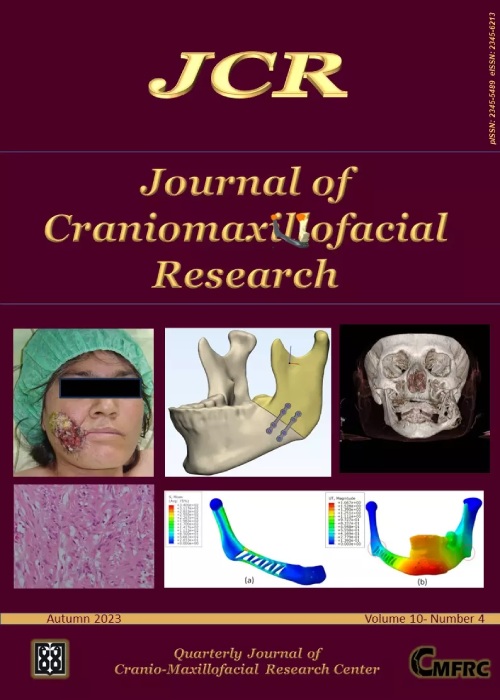An updated systematic review on the effectivity of clear aligner therapy: A review
Several studies have evaluated the strengths and weaknesses of orthodonthic aligners however, the results are still uncertain. In the current study, we aimed to systematically review the literature and provide updates on the efficacy and effectivity of orthodontic therapy using aligners.
PubMed, Web of Science and Cochrane Oral Health Group’s Trials Register databases were systematically searched for relevant literature up to December 2020. All studies reporting aligner therapy in management of dental misalignment were included. The quality was assessed using the methodological index for non-randomized studies (MINORS) criteria and Jadad scale for randomized controlled trials.
Of the initial 550 articles, 18 studies were ultimately included representing a total of 637 patients who were treated with clear aligners. Of the 18 studies, 15 had a retrospective design, one was an observational study, one was conducted as a prospective clinical trial, and one study was a randomized controlled trial. Due to the design and methodology of the studies the quality assessment revealed a high risk of bias. Significant diversity among the outcomes of the studies was observed; however, an underlying consistency was detected within the included studies with regards to the effectivity of aligner therapy in alignment of the anterior teeth, while the pretreatment predictive rates were not significantly different to treatment outcomes. In addition, despite comparable treatment outcomes between aligner therapy and conventional appliance technique, aligner therapy resulted in increased rates of patient satisfaction.
Aligner therapy seems to be a viable alternative to conventional orthodontic therapy for correction of mild to moderate malocclusions in non-growing nonextraction patients. However, it should be taken into consideration that due to the high risk of bias, results should be interpreted with caution.
- حق عضویت دریافتی صرف حمایت از نشریات عضو و نگهداری، تکمیل و توسعه مگیران میشود.
- پرداخت حق اشتراک و دانلود مقالات اجازه بازنشر آن در سایر رسانههای چاپی و دیجیتال را به کاربر نمیدهد.


